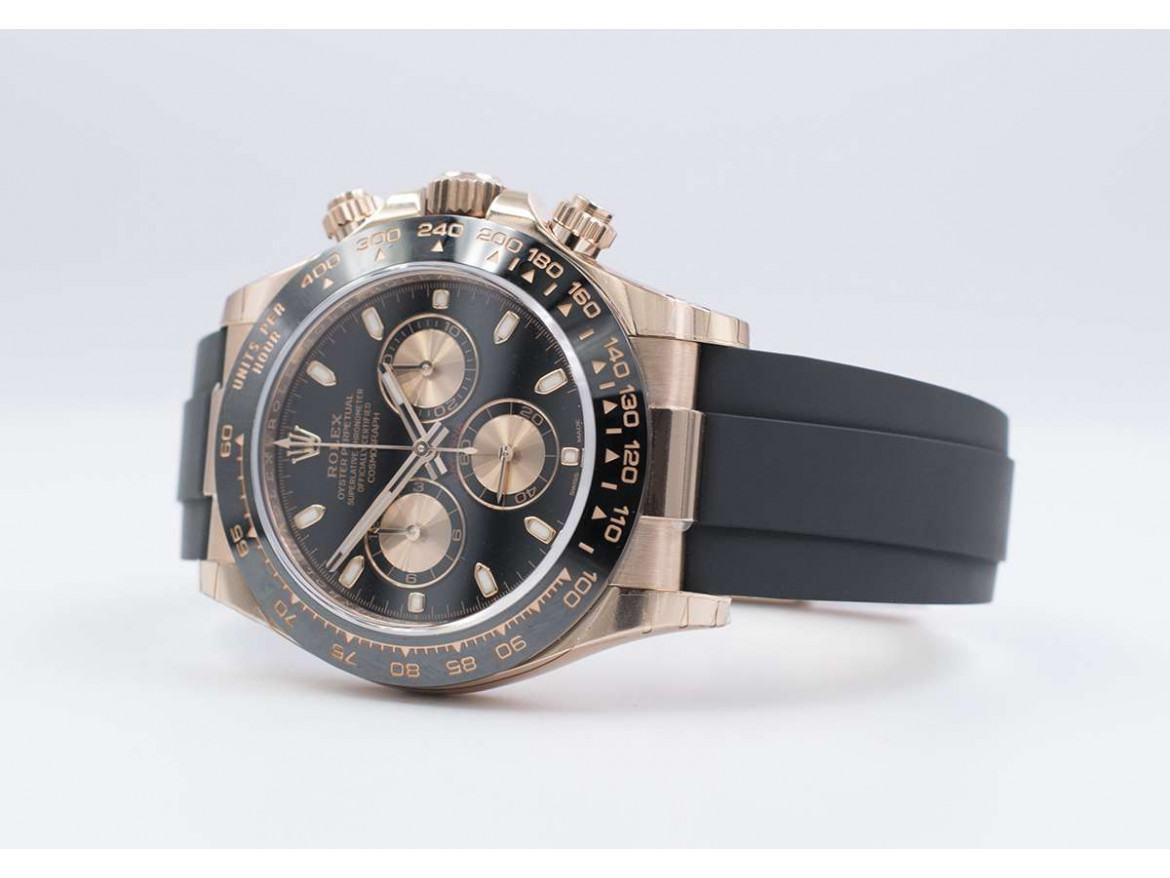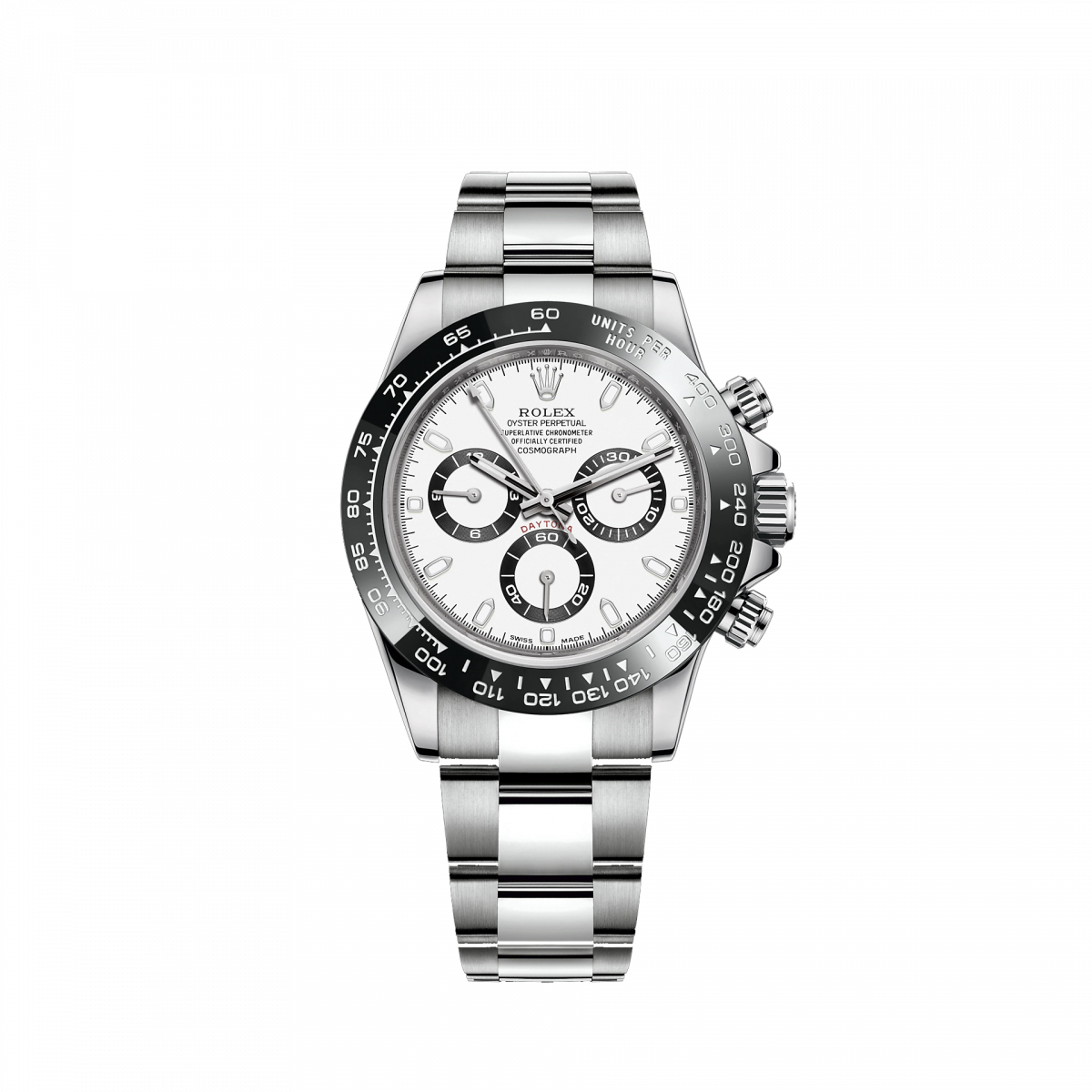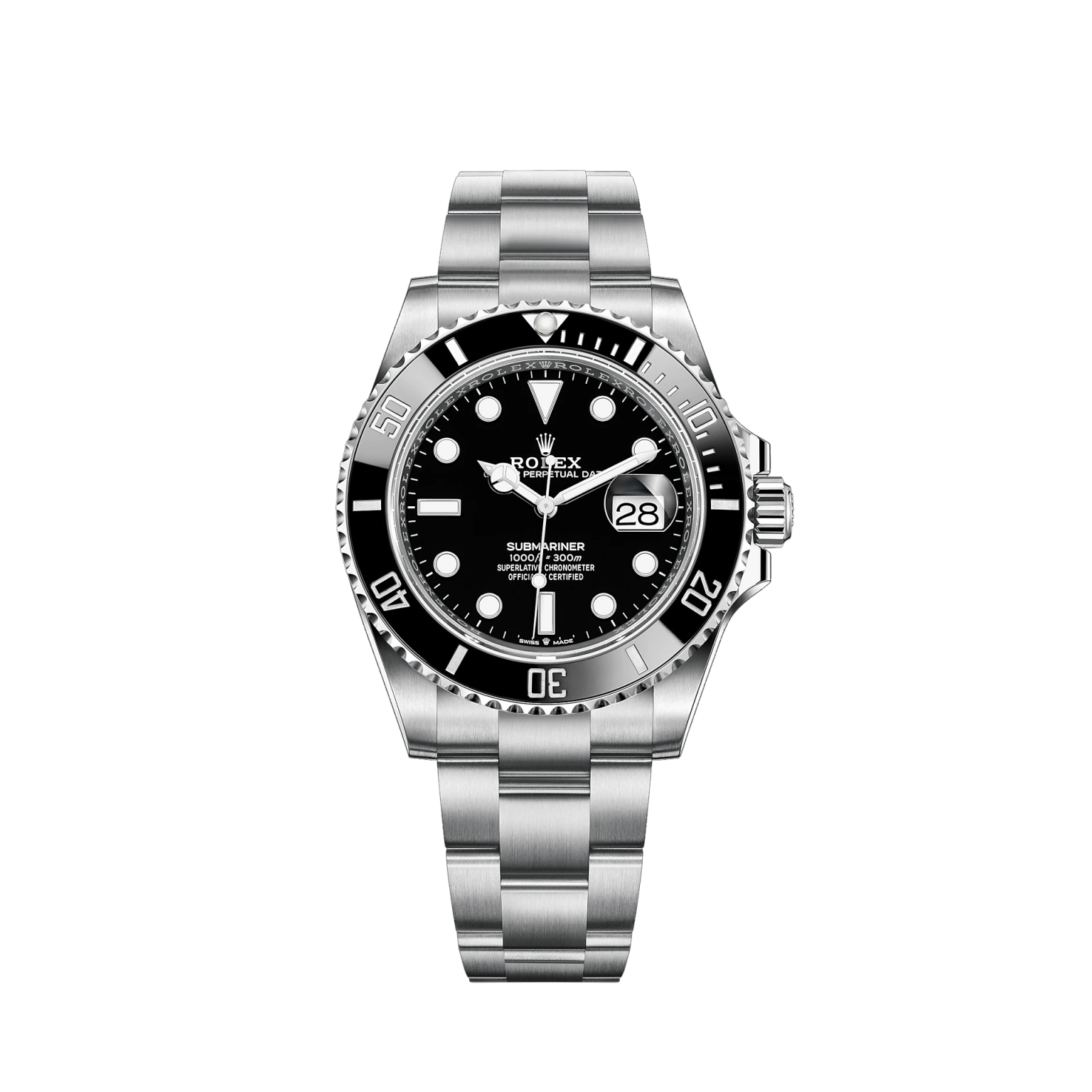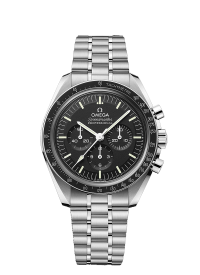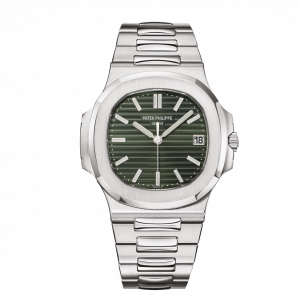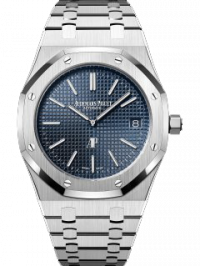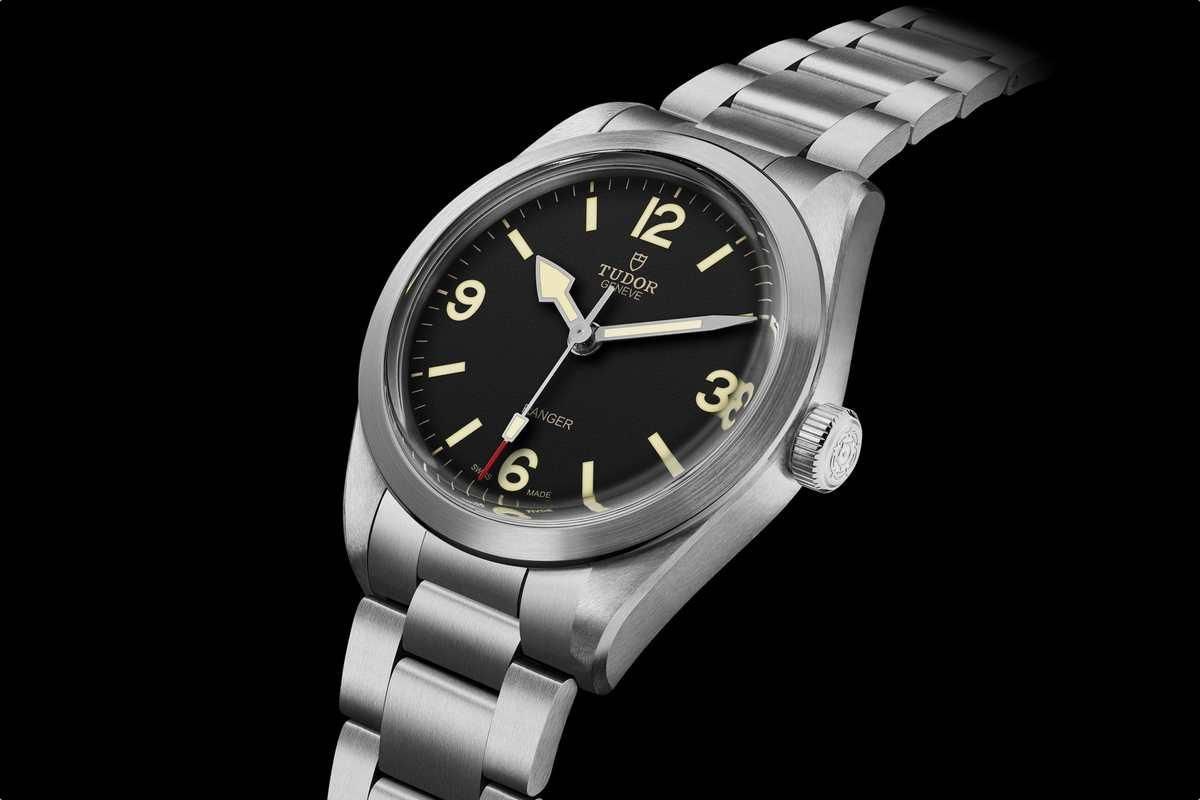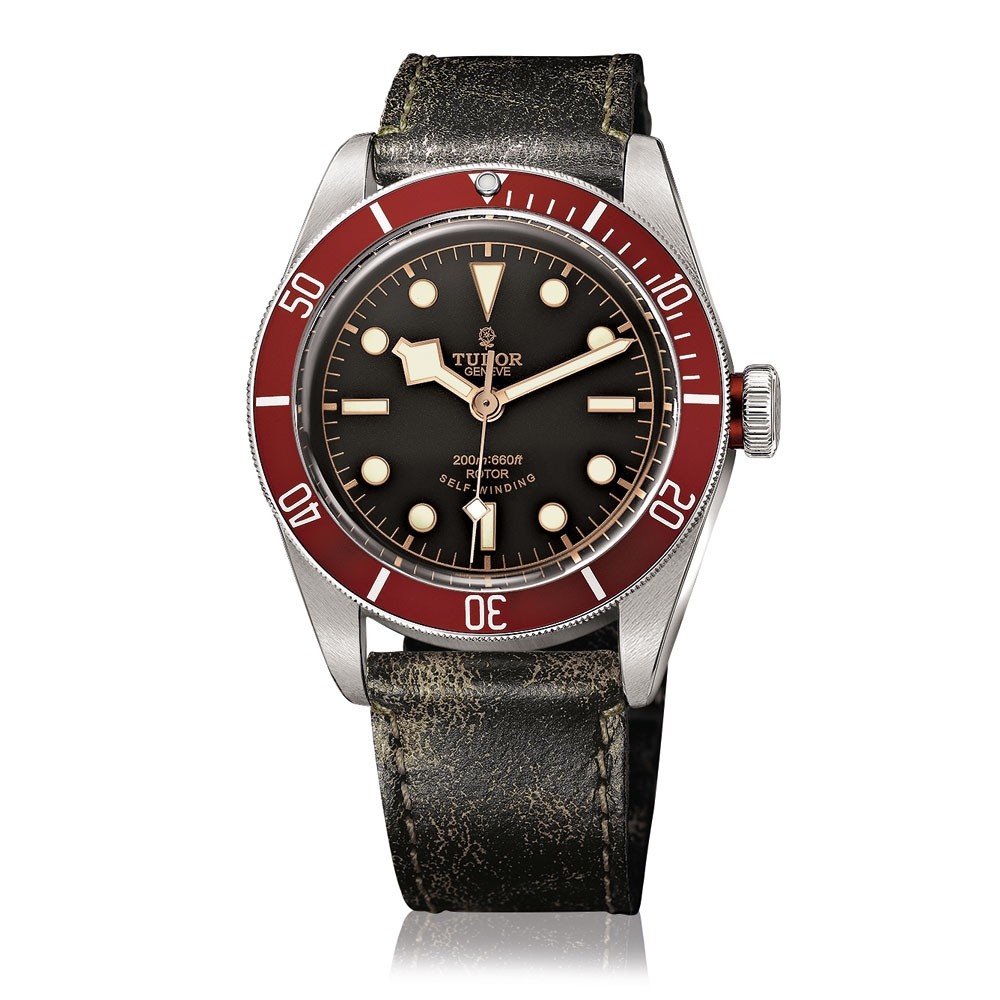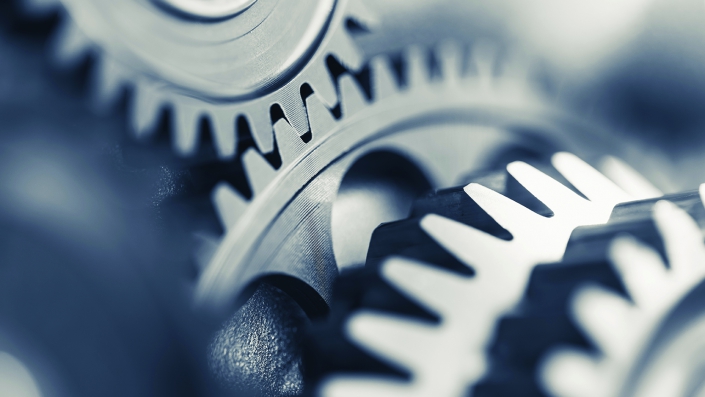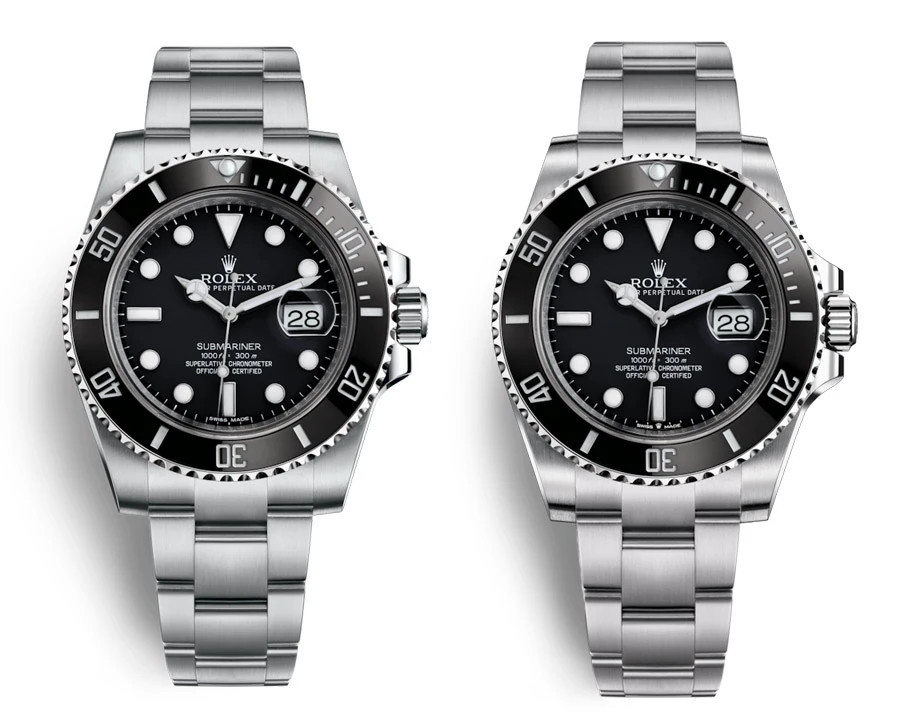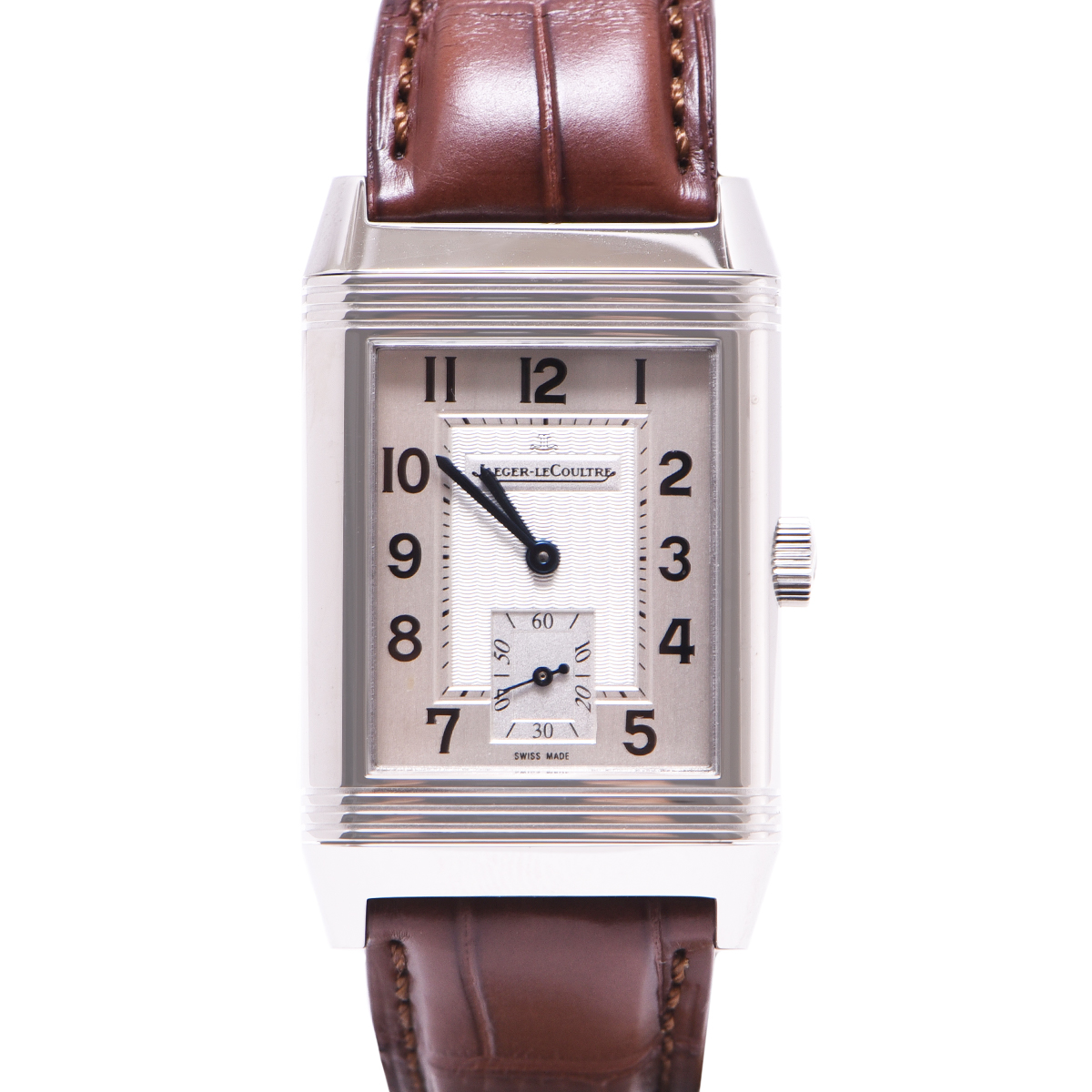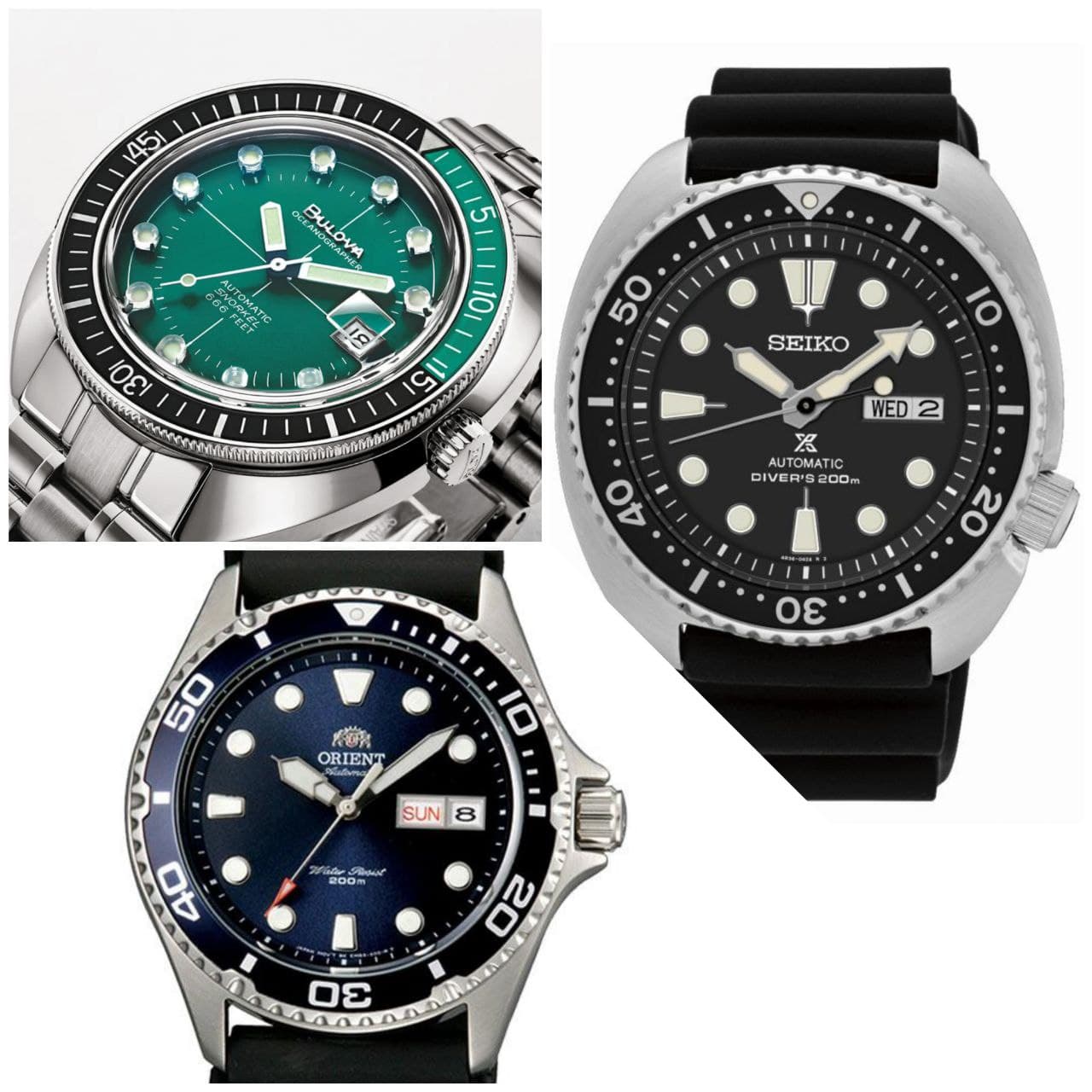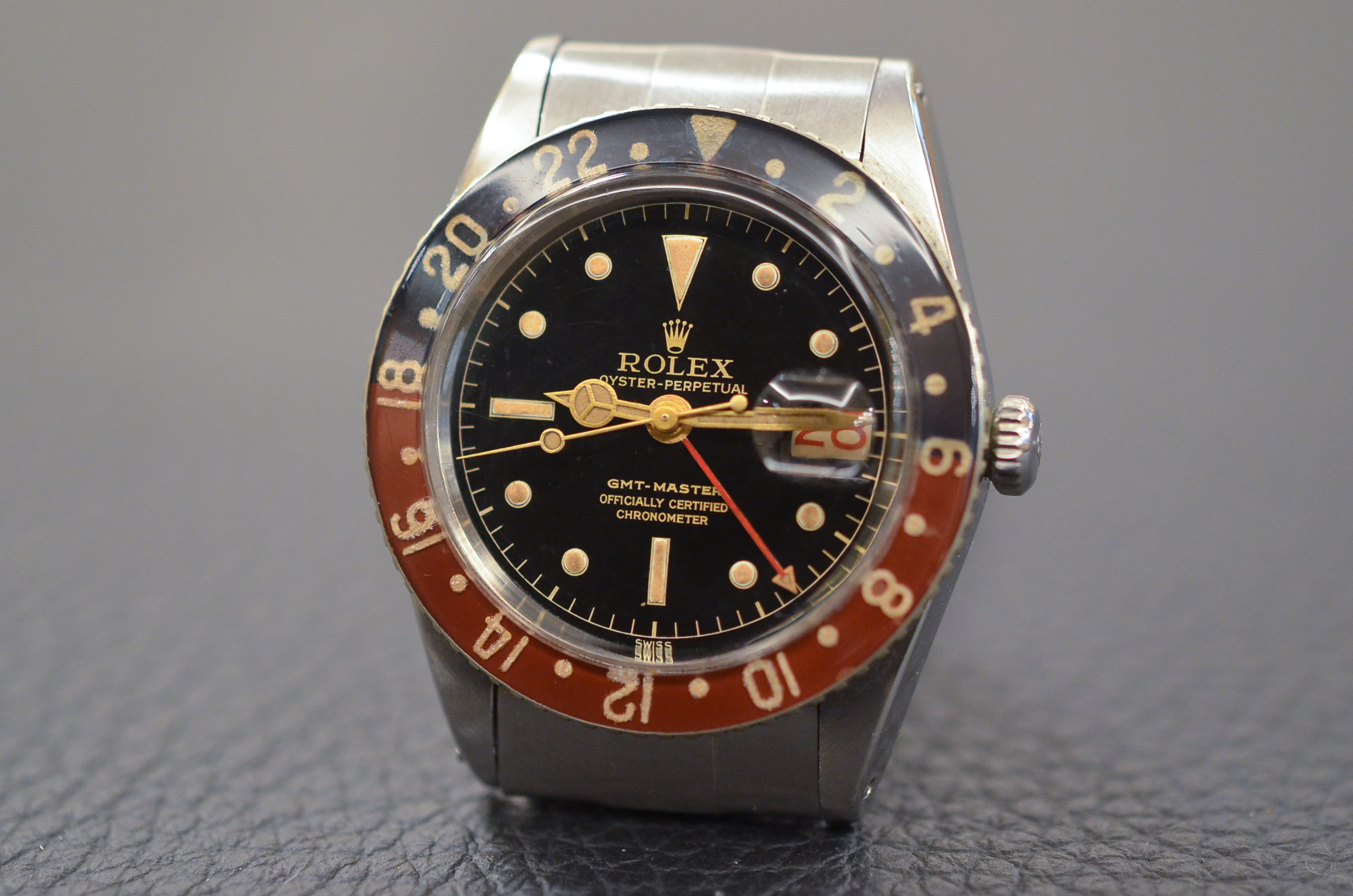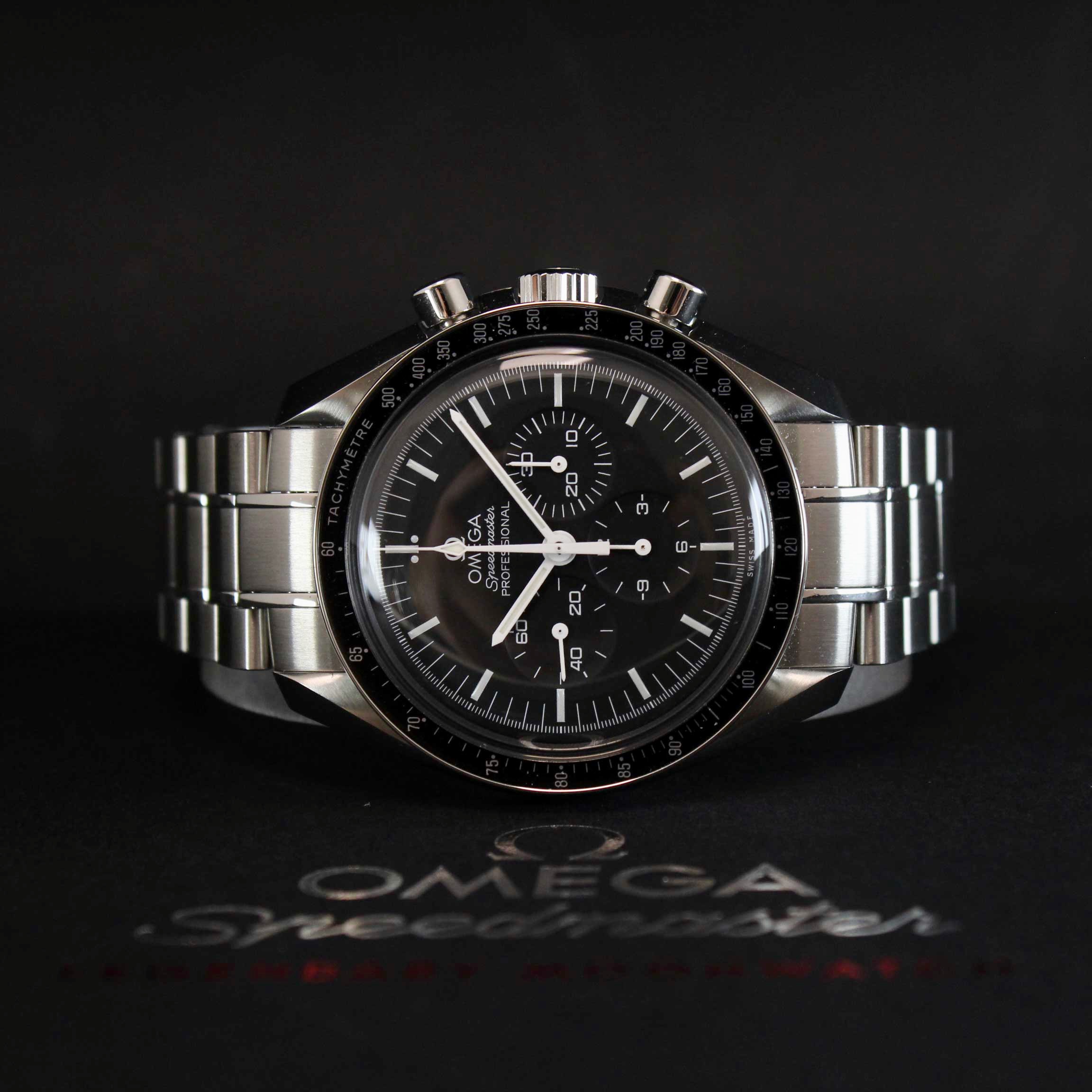Dr. N.
All watch lovers, at some point, find themselves asking themselves a fundamental question: "Bracelet or strap?".
In this in-depth study, which will develop into a series of articles part of the category "The basics“, We will see the differences between strap and bracelet and discover how to make the most of one and the other.
What is a strap?
A strap is any strip or lace of fabric, leather, rubber or any other material not metallic which secures the watch to the wrist.
Il leather strap it has always been the most traditional choice for luxury watches stylish like the Patek Philippe Calatrava. It has the advantage of keeping the watch firmly without tightening too much: a quality leather strap on the wrist “disappears”, guaranteeing unparalleled comfort. Also in the aesthetic aspect, the leather strap is unmatched for elegance. Defects? The leather strap lasts about one or two years on the wrist and is easily damaged if it is brought into contact with water.
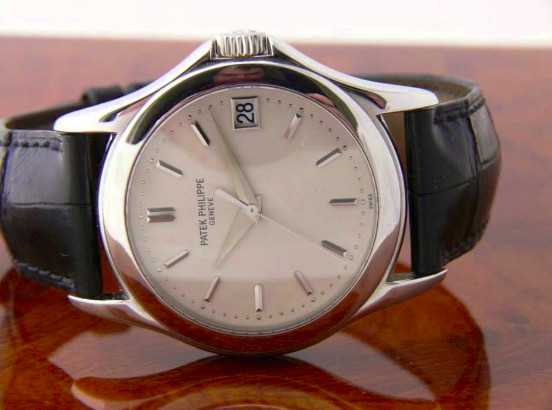
Il rubber strap instead it is the most popular choice for those who use watches a contact with water but can't or won't wear a bracelet - see better infra on the latter -. There are many types of rubber strap, which equip various categories of watches: the most popular are those of the economic category intended for divers, but there are also refinements such as the rubber strap of the Patek Philippe Aquanaut coordinated with the geometric pattern of the dial.
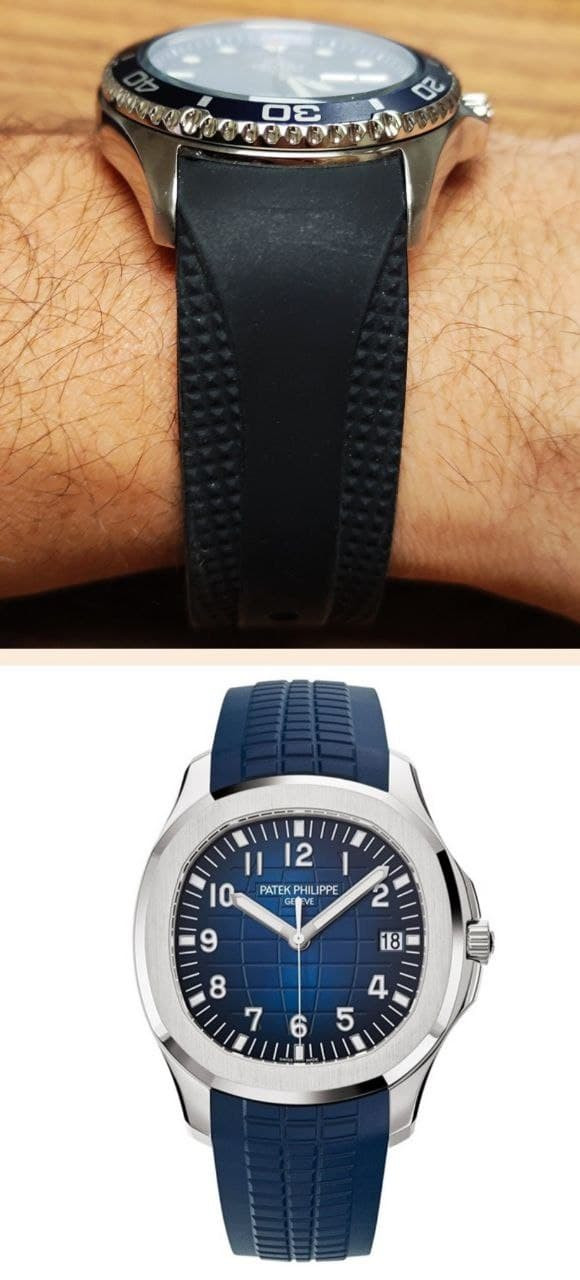
Two totally different watches, united by the presence of a rubber strap
Another material in which straps can be made is fabric. Fabric straps are among the most popular with watch enthusiasts, especially the NATO straps and similar, because they allow you to change the aesthetics of the watch in an instant. We will deepen the question of the NATO straps: for now we will just show you this image of a forerunner of the NATO strap, the fabric strap used by Sean Connery in the movie 007 - Goldfinger Mission.
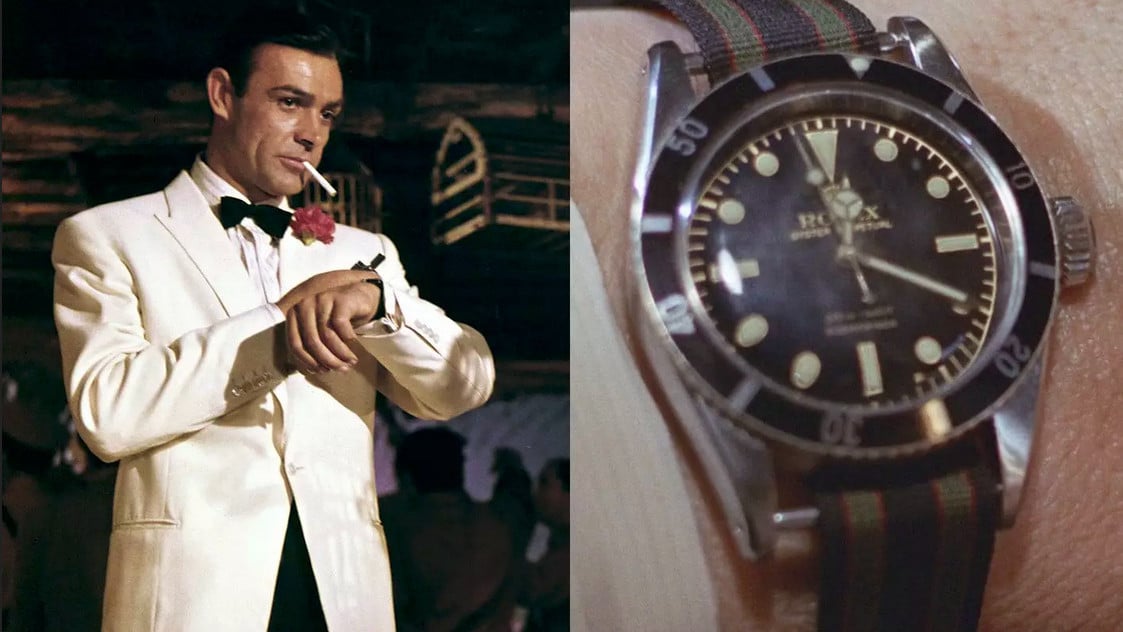
What is a bracelet?
A bracelet is a metal object that secures the watch to the wrist. Its metal construction makes it polyvalent, suitable for professional use for those who dive as well as to enhance a luxury timepiece on the wrist by playing with the reflections of light between the links and the case. It can take the most varied forms, from the rigorous simplicity of a Oyster mounted on a Rolex Submariner to the refinement of a Patek Philippe Nautilus, in which the sinuous succession of shiny and satin links makes the watch bracelet like a second skin.
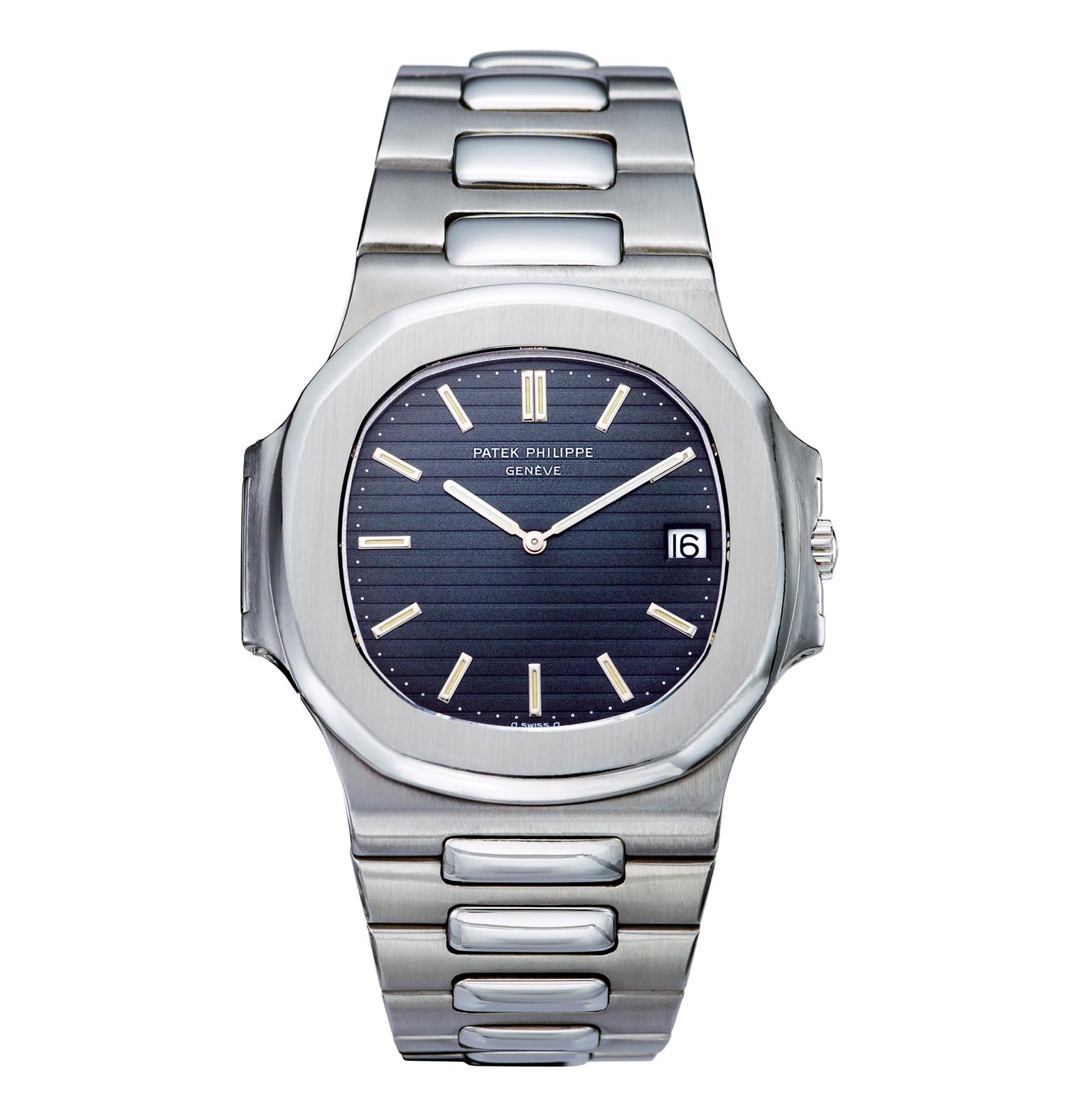
But these are just two examples of the watchmaking designers' imagination: there are Milan knitted bracelets, made by combining minute metal rings, to form like a medieval chain mail that wraps around the wrist, elastic bracelets, made similar to Milan knit bracelets but with joints elastic bands that allow you to wear them by sliding them on your hand without having to open them, there are also spiral bracelets like those of Bulgarian Serpents Tubogas… In short, it is difficult not to find a bracelet that satisfies your taste.
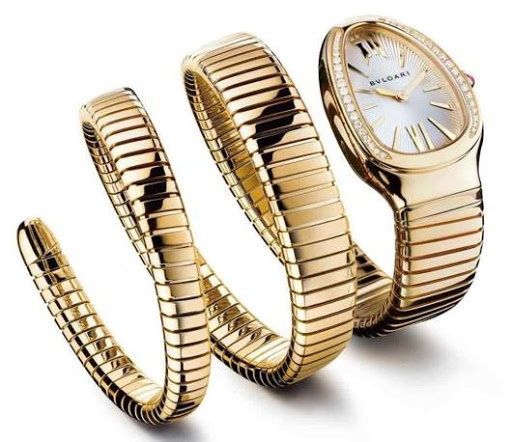
The bracelets can be integrated with the case, and this is the case for example of a Rolex Datejust with his bracelet Jubilee, or be made with “straight cut” ends, as in the Breitling Super Ocean with bracelet in Milan shirt. In the next article, we will address the issues encountered in bracelets equipped with hollow ends, such as the noise of clink which occurs when the aforementioned endings come loose.
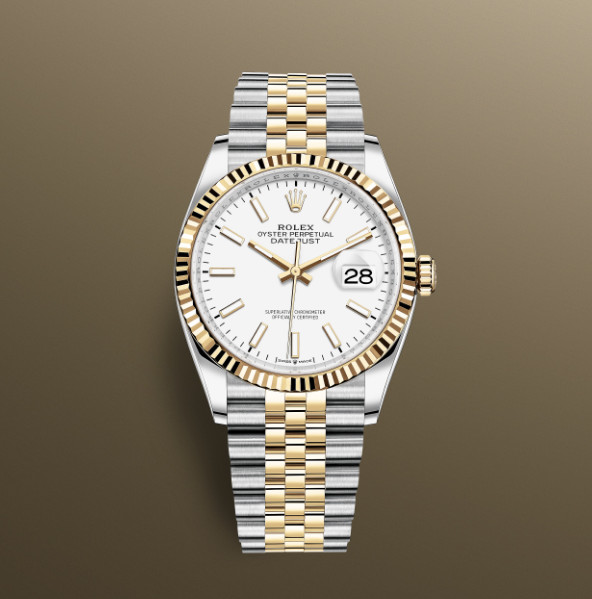
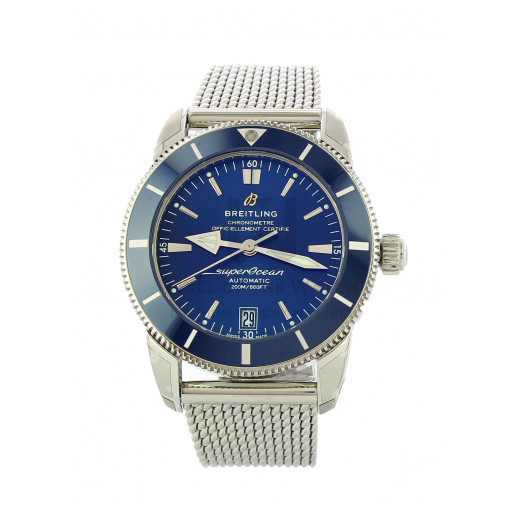
We must also mention an object that often confuses those who talk about bracelets or straps. This is the Rolex Oysterflex, a bracelet which is mounted on some watches of the House of the Crown. Although its outward appearance can lead to confusion with a strap, it is actually a bracelet with metal core equipped with rubber coating. The choice of the designation of "bracelet" is precisely due to the presence of this metal core that runs through the entire object, effectively providing the necessary support for the seal of the whole.
